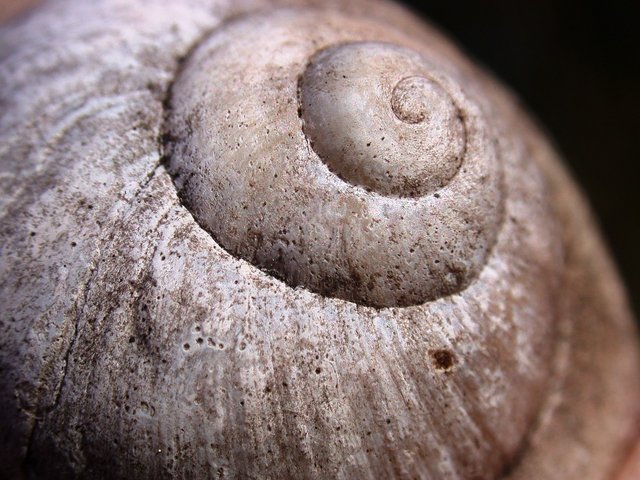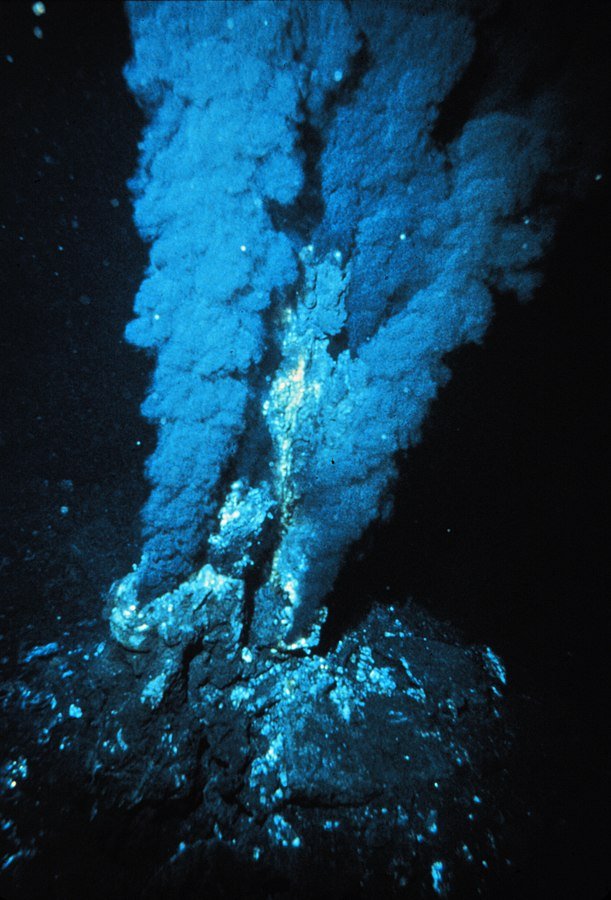Hey everybody!
Welcome to my first installment of Limestone: The Rock of Life. Limestone if my favorite rock for a very special reason and I'd like to write a few articles about the formation and uses of this interesting rock. I'll be splitting this series into several bite-sized chunks to be released every Wednesday until I feel I've covered the most fun and exciting parts about limestone. So sit back, relax, and open your mind to a world of wonder.

I want to start with the juicy bits. All the dry, technical facts can be easily found on the web. What I find fascinating about limestone is its intrinsic and inherent connection to carbon based life. It is the only rock that is predominantly composed of once living organisms! This trait can be seen quite clearly in numerous fossiliferous limestones, appearing as fossilized reefs and beds of seashells known as coquina. In many cases, the fossils are microscopic and cannot be seen with the naked eye. These fine-grained fossil beds form as the result of pelagic rain (Picture millions of dead micro-organisms falling from high up in the water column down to the sea floor). Without all those sea critters, our ocean floors would look much different.

Limestone forms in shallow marine environments in two ways: One we just discussed (piled up shells of sea critters) and also by precipitation through chemical reactions in the ocean. The chemical composition of limestone is calcium carbonate (CaCO3), regardless of how it formed. There's a very good reason for that! The majority of sea critters pull dissolved CaCO3 out of the ocean to form their shells. What we typically find in fossiliferous limestone is shell fragments held together by a cement of made of a combination of chemically produced CaCO3 and the dust of ground up shells. These two ingredients act like the flour and sugar in our limestone cake. But what's a cake without any toppings? Most limestone has lesser amounts of clays, silts, and cherts that "dirty" up the mix. This changes the color, hardness, and other properties of the resulting limestone. Chert is an interesting beast as well; a silica rich deposit made up of silica-rich shells from micro-organisms such as radiolaria.
So now we know the basic building blocks of limestone, but what turns that mix of shells, silt, and other bits into a stone? The process is known as lithification. As long as the sea or ocean is ripe with life and precipitating CaCO3, more sediments will keep piling up. As sediments pile up, pressures and temperatures increase in the deeper layers. Given enough time, the sediments compact and harden into a coherent rock formation. In a sense, you cook the batter until it becomes a cake! The same process applies for sandstone and shale. Considering how much of the Earth is covered by water, these marine sedimentary deposits can go on for hundreds of miles.

Now there's one more important piece to this puzzle. We know limestone is primarily CaCO3 and forms in marine environments. So why is the ocean full of both calcium and carbonates? This has something to do with the carbon cycle. Calcium is a major element and as such is very abundant throughout the Earth. It is especially concentrated in "primitive" igneous rocks and magmas. Ever heard of mid-ocean ridges? They are spreading centers where continental plates diverge in the ocean. This releases monumental amounts of Ca-rich basaltic magmas and CO2-rich gases straight into the ocean. Ocean chemistry is very complex and above my pay grade, but now you know there are Earth processes consistently dumping the ingredients for limestone into the ocean. This isn't the only source of CO2 entering the ocean, however. Atmospheric CO2 from plants and animals finds its way back into the ocean as well. Limestone formation is one of the main ways in which Earth processes remove CO2 from the atmosphere. Understanding the carbon cycle could help lead to effective carbon sequestration solutions.
I'll end this first part here, there'll be plenty of time to dig into the details later. I find when you're trying to settle into a new community, it's best to just talk about your passions. I hope you enjoyed my first installment, check back next week for more. Rock on!
You received a 10.0% upvote since you are not yet a member of geopolis.
To read more about us and what we do, click here.
https://steemit.com/geopolis/@geopolis/geopolis-the-community-for-global-sciences-update-2-higher-base-votes-new-logo
If you do not want us to upvote and comment on your posts concerning earth and earth sciences, please reply stop to this comment and we will no longer bother you with our love ❤️
Downvoting a post can decrease pending rewards and make it less visible. Common reasons:
Submit
Hello! I am Akpan, and I work with a renowned curation guild in this community. Your post received a big upvote from @curie and its trails, because I proposed it for curation. I just featured the same post in my weekly Curator Remark Anthology and I thought you would want to check out why I picked your post among the hundreds I go through on an average week.
Downvoting a post can decrease pending rewards and make it less visible. Common reasons:
Submit
A nicely written post on the formation and composition of limestone. Can’t wait to hear about it’s role in Karst terrain. Think there is a sink hole forming in ma back yard!
And how climate is such a huge player in the life of limestone above the surface, exposed to the atmosphere! Rocks!
Downvoting a post can decrease pending rewards and make it less visible. Common reasons:
Submit
Thank you and yes limestone rocks! If you live in florida or the southeast, then sink holes can pop up in your back yard! And yes climate change can contribute to limestone erosion. It is chemically reactive compared to other sedimentary rocks.
Downvoting a post can decrease pending rewards and make it less visible. Common reasons:
Submit
So bueatifull
Downvoting a post can decrease pending rewards and make it less visible. Common reasons:
Submit
Thank you @nostone-unturned for making a transfer to me for an upvote of 0.61% on this post! Half of your bid goes to @budgets which funds growth projects for Steem like our top 25 posts on Steem! The other half helps holders of Steem power earn about 60% APR on a delegation to me! For help, will you please visit https://jerrybanfield.com/contact/ because I check my discord server daily? To learn more about Steem, will you please use http://steem.guide/ because this URL forwards to my most recently updated complete Steem tutorial?
Downvoting a post can decrease pending rewards and make it less visible. Common reasons:
Submit
Awesome post! I invite you to visit our blog and enjoy our content :)
Downvoting a post can decrease pending rewards and make it less visible. Common reasons:
Submit
What a spectacular photos! Very informative...thank you! Being on Steemit, I learn something everyday!😊
Downvoting a post can decrease pending rewards and make it less visible. Common reasons:
Submit
I’m glad you like it, I plan to make this a weekly series so stay tuned!
Downvoting a post can decrease pending rewards and make it less visible. Common reasons:
Submit